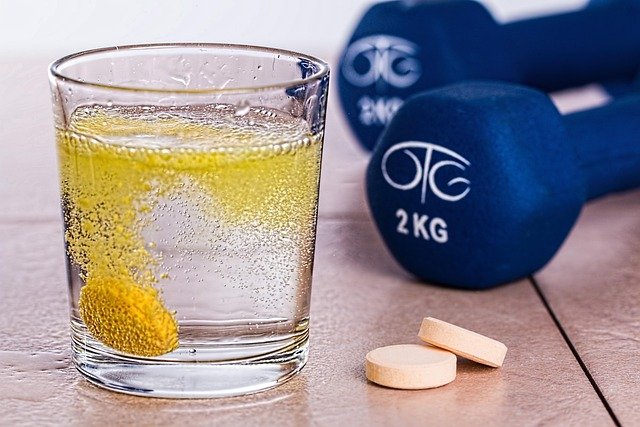Protein distribution across the day for muscle maintenance
Consistent protein intake spaced across meals supports muscle maintenance while fitting into balanced meal planning. This teaser highlights key topics such as meal timing, portion control, macronutrients, micronutrients, hydration, gut health, fiber, vitamins, minerals, and omega-3 to guide practical choices.

Maintaining muscle mass relies not only on total daily protein but also on how protein is distributed across the day. Spreading protein intake across meals encourages repeated rises in muscle protein synthesis, aligns intake with activity and recovery, and helps with appetite regulation. Pairing protein with balanced macronutrients and sufficient micronutrients, while supporting hydration and gut health, creates a more effective dietary pattern for muscle maintenance than focusing on a single large protein meal.
This article is for informational purposes only and should not be considered medical advice. Please consult a qualified healthcare professional for personalized guidance and treatment.
How does protein interact with macronutrients?
Protein works alongside carbohydrates and fats as core macronutrients to fuel performance and recovery. Carbohydrates replenish glycogen and support training intensity, while dietary fat supports hormonal balance and long-term energy needs. Including a protein source with each meal helps stabilize blood glucose and slows amino acid clearance when combined with carbohydrate and fat. Thoughtful macronutrient balance in meal planning ensures energy availability for exercise and supplies amino acids when they are most useful for preserving muscle tissue.
What is effective meal timing and meal planning?
Meal timing refers to when you eat relative to exercise and sleep; meal planning covers the composition and order of meals. Many people benefit from distributing protein-rich meals every three to five hours and aligning one meal or snack with resistance training to support recovery. Planning meals ahead helps maintain consistent protein dosing, prevents long fasting periods that may accelerate muscle breakdown, and can make it easier to include micronutrient-dense foods alongside protein.
How much protein per meal and portion control?
Portion control translates daily protein goals into realistic servings. Research suggests that moderate, evenly spaced doses of protein across multiple meals can stimulate muscle protein synthesis repeatedly, rather than loading most protein into a single meal. Practical targets vary by individual but commonly range from 20 to 40 grams per meal depending on body size and activity. Using familiar portion cues—such as palm-sized portions of protein—helps distribute intake without complex calculations.
Why micronutrients, vitamins, and minerals matter?
Micronutrients support the biochemical processes underlying muscle maintenance. Vitamins and minerals like vitamin D, B vitamins, magnesium, iron, and zinc contribute to energy metabolism, oxygen transport, and protein synthesis pathways. A meal plan that pairs protein with colorful vegetables, whole grains, nuts, and seeds enhances micronutrient density and supports recovery. Addressing micronutrient needs alongside protein intake reduces the chance that subtler deficiencies will impair muscle health over time.
How do hydration, gut health, fiber, and omega-3 help?
Hydration influences nutrient delivery and muscle function, so maintaining fluid balance supports performance and recovery. Gut health affects digestion and absorption; dietary fiber feeds a beneficial microbiome and can moderate digestion rates. Omega-3 fatty acids have roles in inflammation resolution and cell membrane function, which may aid recovery. Combining protein sources with fiber-rich produce and omega-3–containing foods at meals supports digestion, nutrient uptake, and a balanced inflammatory response.
Practical meal ideas and tracking for muscle maintenance
Effective meal planning makes even distribution of protein practical. For breakfast, consider Greek yogurt with fruit and oats or eggs with whole-grain toast and vegetables. Lunch and dinner can pair lean protein or legumes with whole grains and mixed vegetables to supply vitamins and minerals. Snacks like cottage cheese with fruit, a nut-and-seed mix, or hummus with raw vegetables help reach consistent protein targets. Tracking intake across a week—focusing on meal timing, portion control, hydration, and the balance of macronutrients and micronutrients—reveals opportunities to adjust portions and scheduling for better maintenance of muscle mass.
Maintaining muscle is a cumulative process: consistent total protein intake, regular spacing of protein-rich meals, balanced macronutrients, and attention to micronutrients, hydration, gut health, fiber, and omega-3 all contribute. Individual needs depend on factors such as body size, activity level, and health status, so use these principles as a framework and adjust distribution to fit personal goals and preferences.





